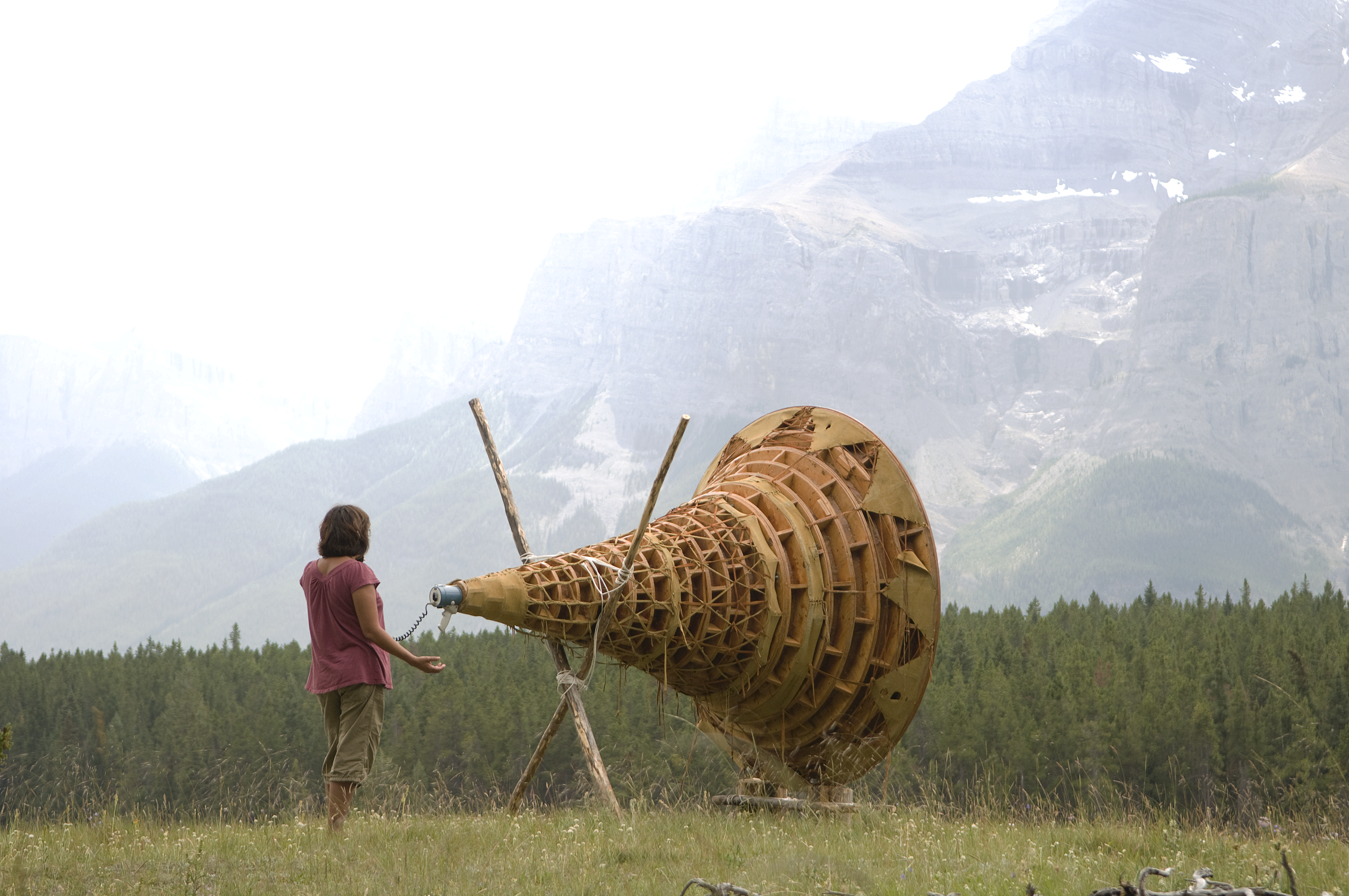Decolonial Echoes: Voicing and Listening in Rebecca Belmore's Sound Performance
Abstract
Focusing on the Canadian settler context, this article analyzes two of Anishinaabe artist Rebecca Belmore’s interactive works that enact alternatives to colonial understandings of voicing and listening that have centred the human ear and vocal apparatus. In particular, I analyze Ayum-ee-aawach Oomama-mowan: Speaking to Their Mother (1991), where Belmore constructed a large wooden megaphone for participants to speak into and address the land directly, and Wave Sound (2017), where Belmore installed four sculptural listening tubes in Canadian National Park and reserve sites that invited visitors to listen to the land. Through my analysis of these two iterative performances, I examine how the echo functions as a decolonial gesture and multisensorial (re)mapping that can generate alternatives to modernity’s spatial-temporal-sensorial order and unsettle the coloniality of the voice. Engaging critical work in sound studies and Native feminist theories to think about vibration, I propose that voicing and listening can be understood as a set of social relationships between people and space/time.
Downloads
Published
Issue
Section
License
Copyright for articles published in this journal is retained by the authors, with first publication rights granted to the journal. By virtue of their appearance in this open access journal, articles are free to use, with proper attribution, in educational and other non-commercial settings.
Manuscripts submitted to Performance Matters should be original works that have not been published elsewhere. Note that authors are responsible for obtaining permission to include copyrighted material in any article or review published in Performance Matters.

